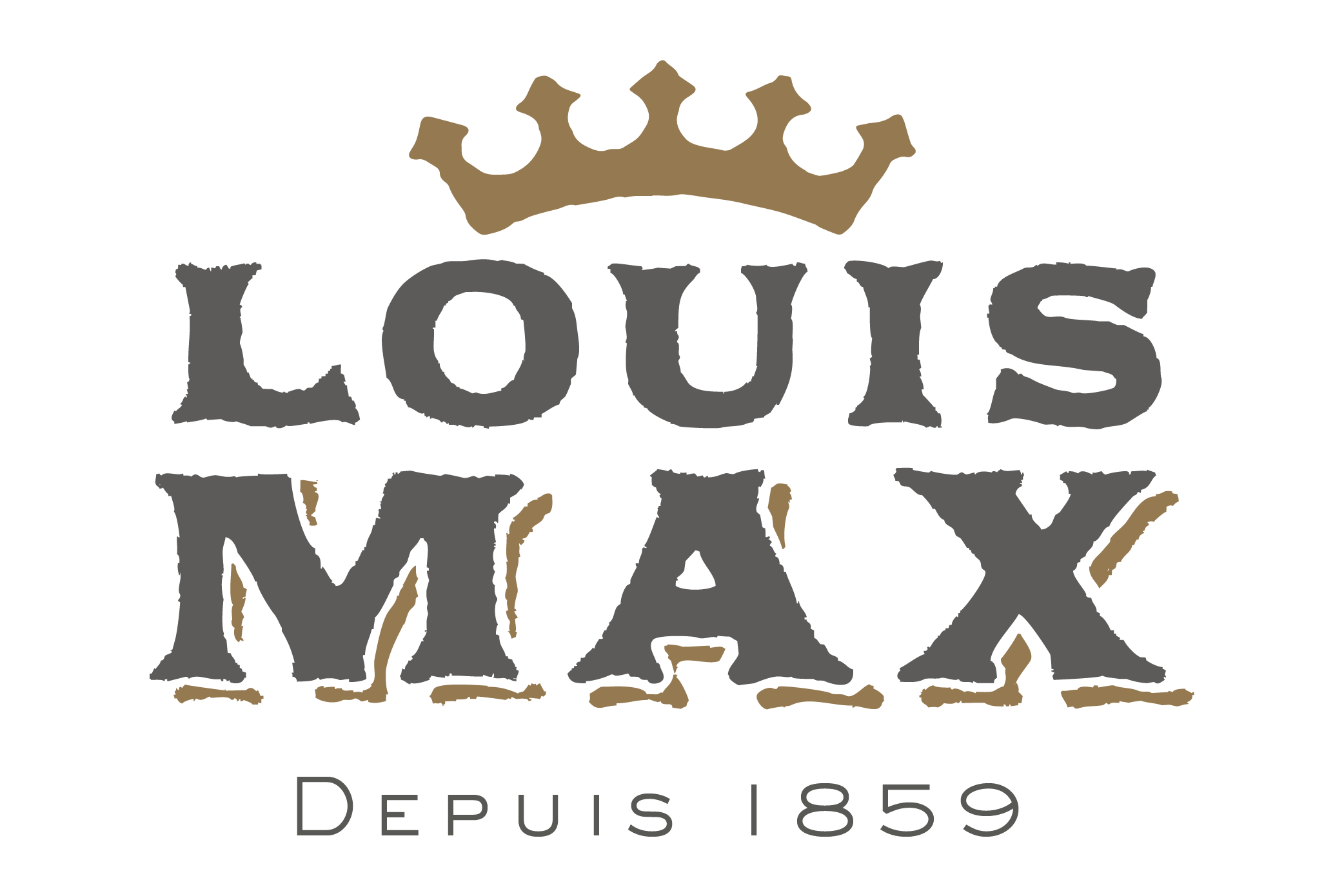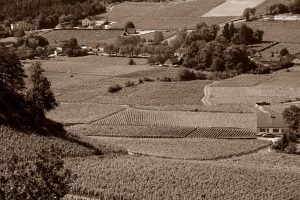Established in Bourgogne for centuries, viticulture is undoubtedly experiencing a turning point in its history. At stake ? Climate change which brings many hazards with a strong impact on viticulture and wine production.
While demand remains very strong, these phenomena have a strong impact on the yield of the vines. For example, the historic spring frosts of 2021 generated in Bourgogne a drop of 50% in production.
Experimental or confirmed, the solutions implemented by certain winegrowers aim to increase the resilience of viticulture in Bourgogne.
Repeated spring frosts
Over the past 10 years, several episodes of frost in spring came to manhandle the vines which were just budding at this time of the year and the spring of 2021 has been marked by the scale and gravity of this episode that has become historic.
To better understand this phenomenon, some explanations: there is a paradoxical effect of global warming that can lead to an increase in damage caused by frost. Indeed, the warmer winter accelerates the "blooming" of the buds. Growing vines are then more exposed to winter conditions at the start of the year, such as long nights or freezing temperatures.
We have, in fact, been able to observe temperatures that drop to -6 or -8 degrees with amplitudes of up to 25 degrees compared to previous weeks causing disastrous consequences on the buds and seriously jeopardizing the harvests, much to the dismay of winegrowers.
In Bourgogne, the Chablisien, located in the north of the region, is perhaps more sensitive to these frost phenomena. Nevertheless, all the terroirs and "Climats" are, on different levels, affected by these episodes of spring frost.
Winegrowers choose the watering technique to protect the buds. In fact, when the frost sets in, often overnight, a film of ice forms around the bud, thus protecting it from the coldest temperatures.
Others install “heating” systems using torches to maintain a positive temperature near the plants or high fans to direct towards the vines.
A source of stress for the entire sector, this fight against spring frosts also generates an additional cost for production.
A lot of pressure on prices
With a rapidly growing demand due to its globalization and the emergence of new consumer countries, particularly in Asia, the direct consequence is strong pressure on prices.
In 2021, sales at the Hospices de Beaune reached record price worn by a historically low harvest which leads to a scarcity effect. Thus the amounts collected remained higher than previous sales when there were almost half as many lots on auction.
This inflationary trend is also due to a increase in quality and work done by winegrowers increasingly involved and the shift from many estates in organic or towards eco-responsible approaches.
Also, the slightest climatic episode impacting harvest levels acts as a spark on an already incandescent situation. A drop in production on a tight market necessarily generates an increase in selling prices.
Overall, in less than twenty years, Bourgogne wine prices have largely doubled, or even significantly more for "Climats" and vineyards with a certain notoriety.
A 2021 vintage saved by the expertise of Bourgogne winegrowers
All these hazards confirm if necessary that it is indeed the expertise of the winegrowers in particular which allow each year to preserve the quality of Bourgogne wines. The 2021 vintage is the perfect example. Everyone was able to adapt to their own situation to harvest at the most opportune time and thus overcome, as much as possible, the difficulties of this exceptional harvest.
It is through their work and accumulated knowledge that Bourgogne winegrowers have succeeded in preserving the quality of this 2021 vintage whose volumes were globally halved.
They demonstrate once again that they will face, again and again, these new challenges related to climatic hazards.





